A New Book’s Eerily Calm Photos Show the Extent of Venice’s Flooding
Credit to Author: Vincenzo Ligresti| Date: Thu, 16 Jan 2020 22:26:26 +0000
This article was originally published on VICE Italy
Last November, flood water in Venice at high tide reached a peak of 1.87 metres (just over 6 feet) above sea level, inundating homes, damaging priceless artworks and making fools out of local climate change-denying politicians. The damage bill for the worst floods since 1966 was estimated at €1 billion by the mayor of the city.
But this wasn't a complete anomaly. Between 1923 and 2000, Venice was flooded ten times by exceptionally high water (reaching at least 140 centimetres above sea level). Then, between 2001 and 2019, floods hit 12 times. According to a 2016 paper published in Oceanography, the trend is due to a combination of astronomical factors (including tides) and meteorological factors (such as sudden storms), but also human intervention. For example, pumping fresh water from the Venice lagoon caused the city to sink 26 centimetres in the 20th century. That, combined with climate change-induced sea level rises, leaves inhabitants and tourists faced with the perfect storm.
Photographer Matteo de Mayda documented the atmosphere after the most recent floods in Venice with sensitivity rather than sensationalism. That’s how the photo book “Era Mare” (“It Was Sea”) was born, in collaboration with author Francesca Seravalle and Studio Bruno. If you fold the booklet in half horizontally, you can hide the submerged part of the city or the part above water. Proceeds from sales will be donated to the Venice cultural association Do.Ve, to help businesses bounce back after the floods. We spoke to Matteo about the project, and the future of the floating city.
VICE: Hey Matteo. You were there last November—how would you describe what happened?
Matteo de Mayda: Well, experts announced that the high waters were coming on the 12th of November but we didn’t know how high they were going to be. I had just read an analysis by the American non-profit Climate Central saying that Venice will be underwater by 2050 because of climate change. So that morning I went to Venice imagining it was 2050, taking pictures of a city where high waters were completely normal.
Then, overnight, the water rose to 187 centimetres, the highest since 1966. The canals of Venice were like rivers in flood. My friends kept posting what they were seeing; it felt like the apocalypse.
Is there a story behind one of your photos that stayed with you?
Well, I haven’t seen any Venetians be discouraged. They were always downplaying the situation with their typical irony and incredible strength. But if I have to be more specific, I was struck by a very small and powerful thing: the “187” indicator that business owners marked on their walls. That’s the height reached by the waters in the night between the 12th and 13th of November.
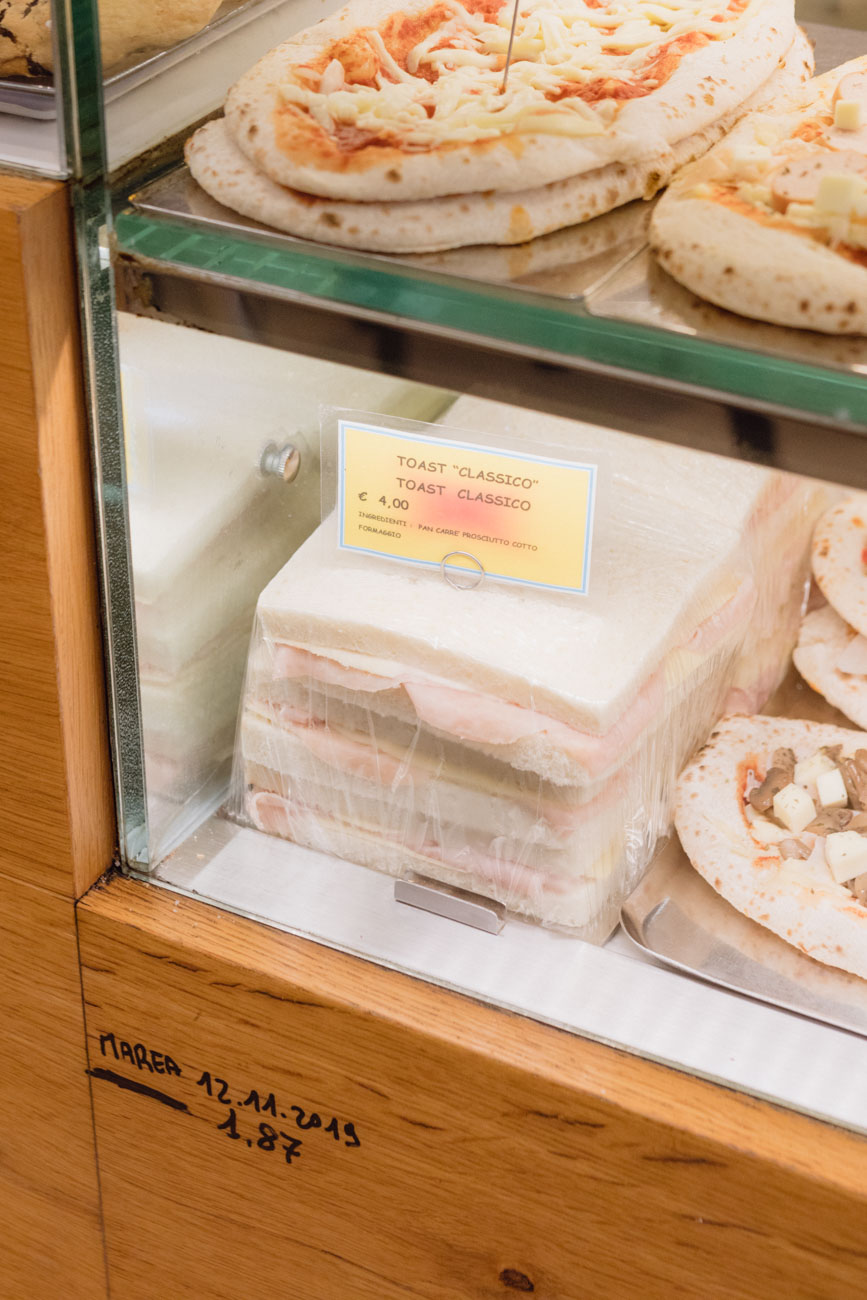
The pictures are quite “delicate,” if you will. Why did you make this decision?
I don’t really like dramatic images, I think it’s important to document things with an ethical approach. Just like photographer Ando Gilardi said, “The worst photographic crimes are committed in the name of ‘the right to be informed’.” I’ve agreed with the others working on the project that we’d avoid aggressive reporting and we’d respect the people involved, to tell a story about the suspended and fragile atmosphere in Venice, its lagoon and its people.
How did you come up with the title?
At the time, I started talking to [author] Francesca Serravalle on Instagram. She was publishing a lot of stories about what was happening in Venice and I used them as a compass to know where to go to take some pictures of the city. When I talked to her about the book, she told me the title needed to be evocative but not dramatic, to convey that sense of disruption in the natural ecosystem.
She thought “It Was Sea” would signal this radical change, this new environmental reality that Venetians would have to face from that day on. The lagoon ecosystem is based on brackish water, a mix of fresh and salty waters, and when the salinity increases it can do more damage.
Other photographers have highlighted how casual and nonchalant tourists seemed to look about the situation. But what could tourists and others outside of Venice do to actively help the city?
On the one hand, some form of immediate outside assistance came from initiatives like “Venice Calls”, a group of 1500 kids who came to Venice to help citizens in need free of charge.
Now, after the floods, the major issue centres on a lack of information. Estimates say that between Christmas and New Year, worried tourists cancelled 45 percent of holiday bookings even though the situation is back to normal. I think something small everyone could do to help Venice would be to avoid talking in catastrophic terms and visit the city to boost the local economy. Immersing yourself in the city and not just popping in and out quickly could surely help to understand the extraordinary nature of Venice.
To donate or receive a copy of “Era Mare” visit the project’s website.
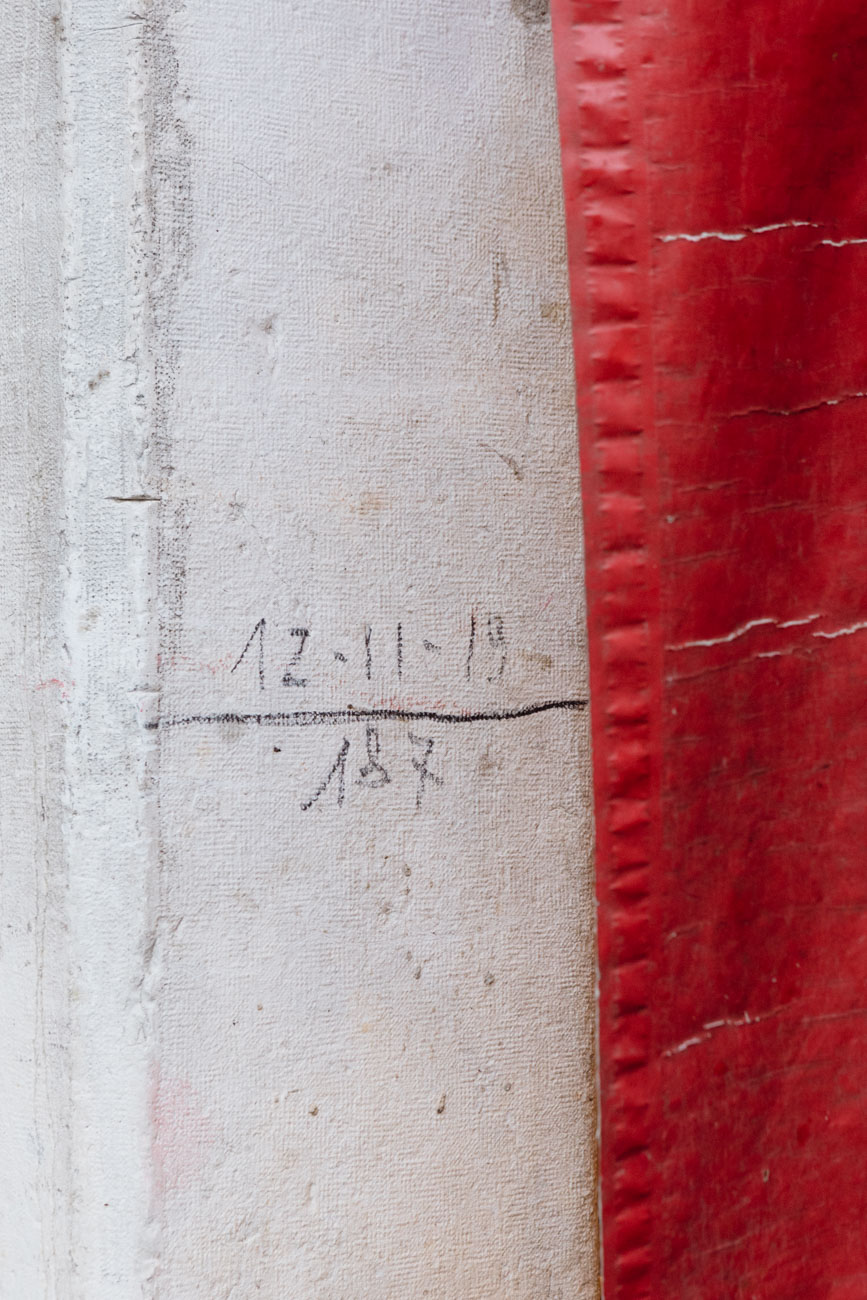
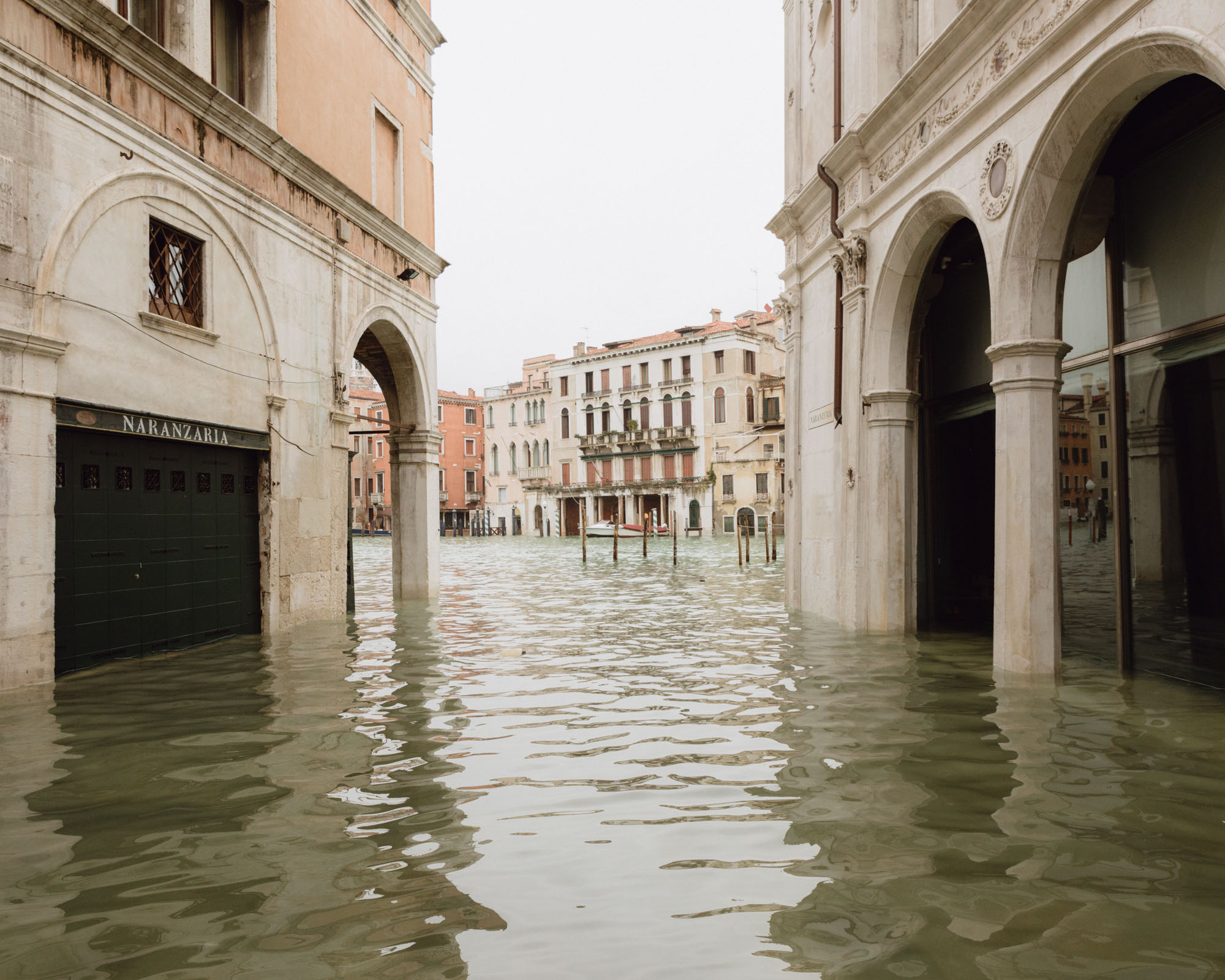
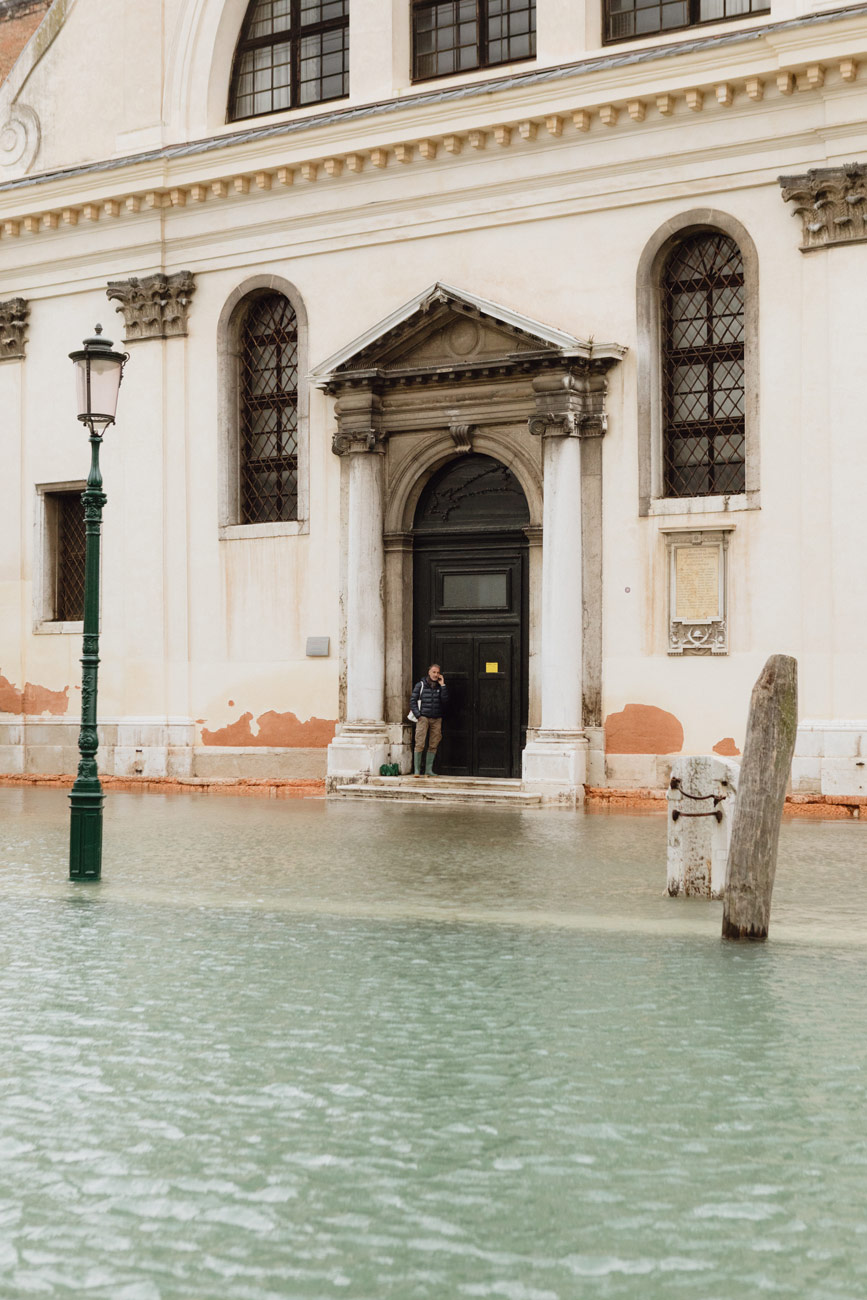
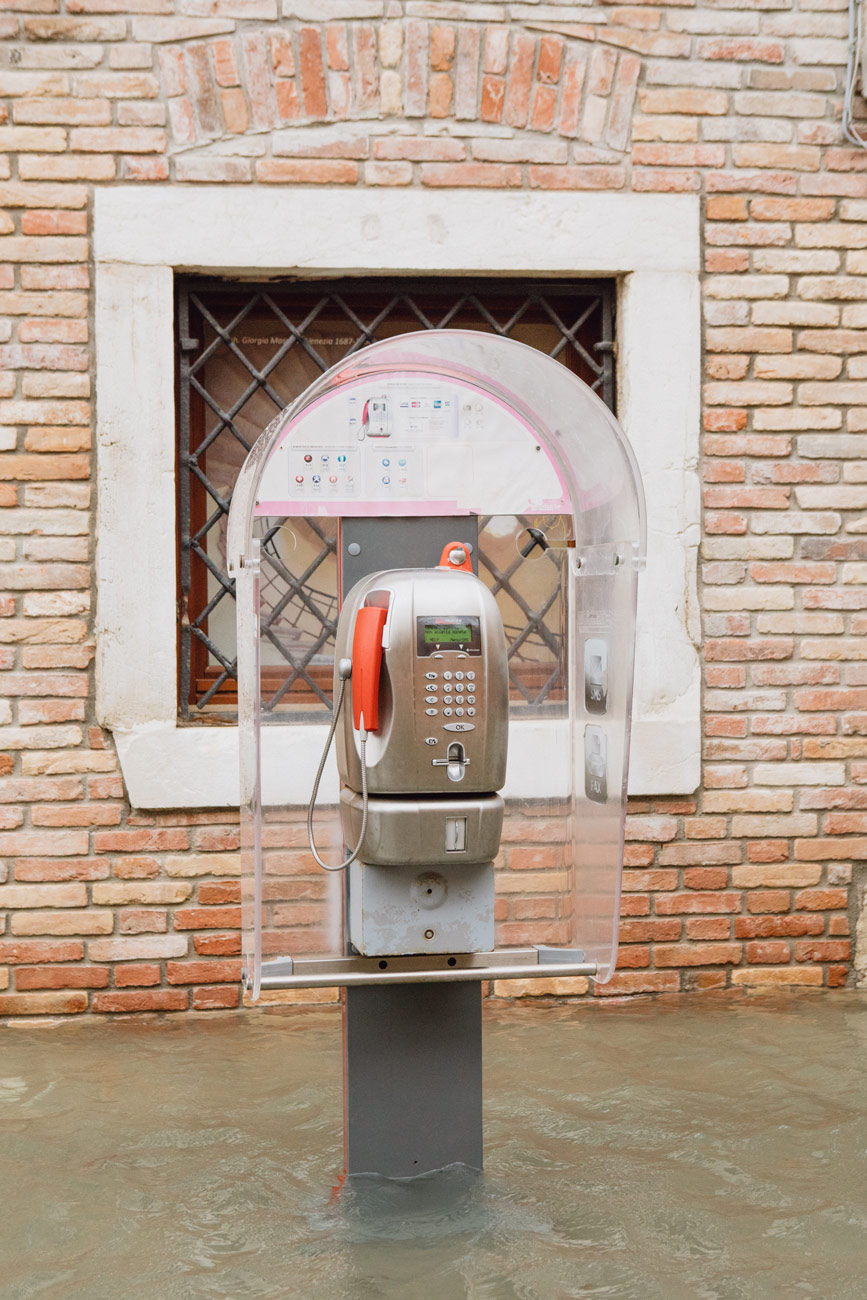
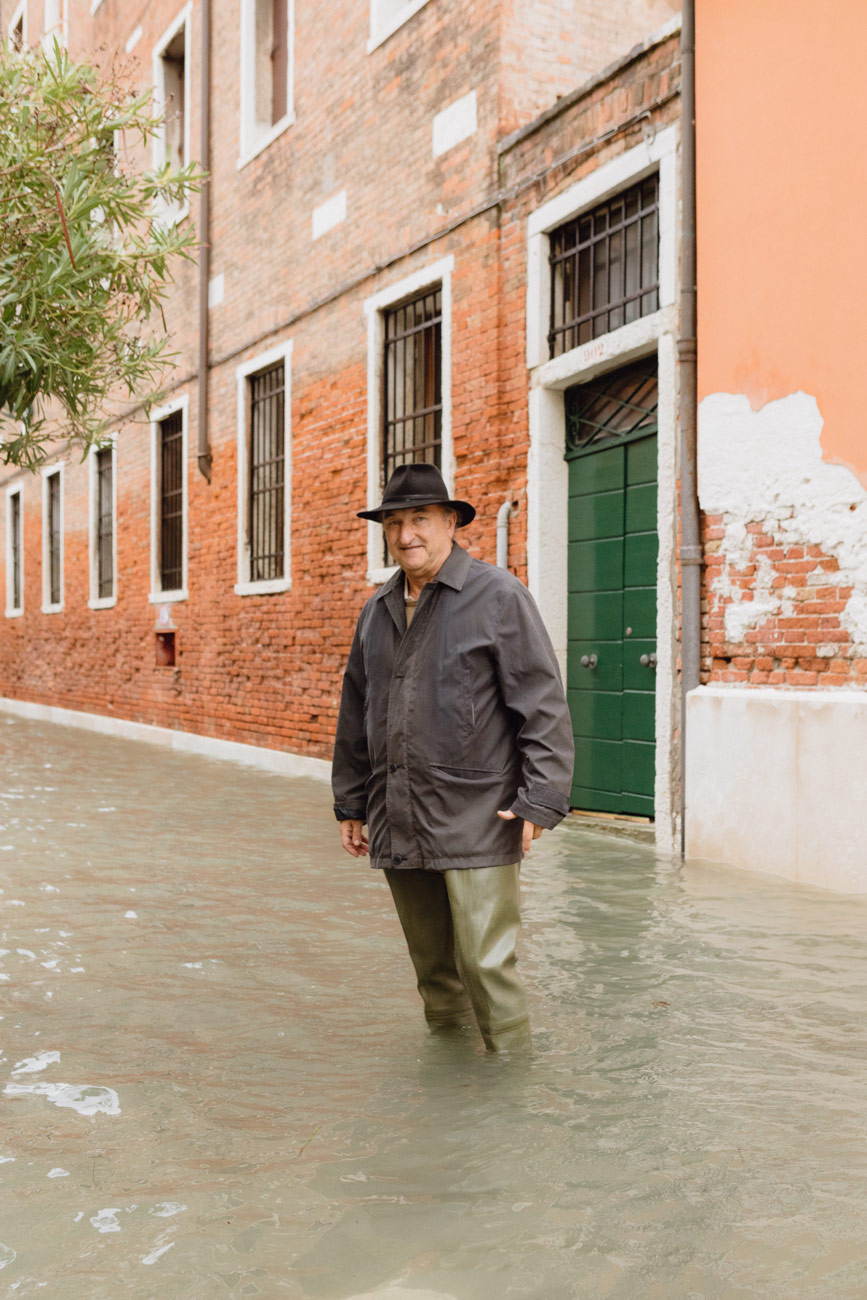
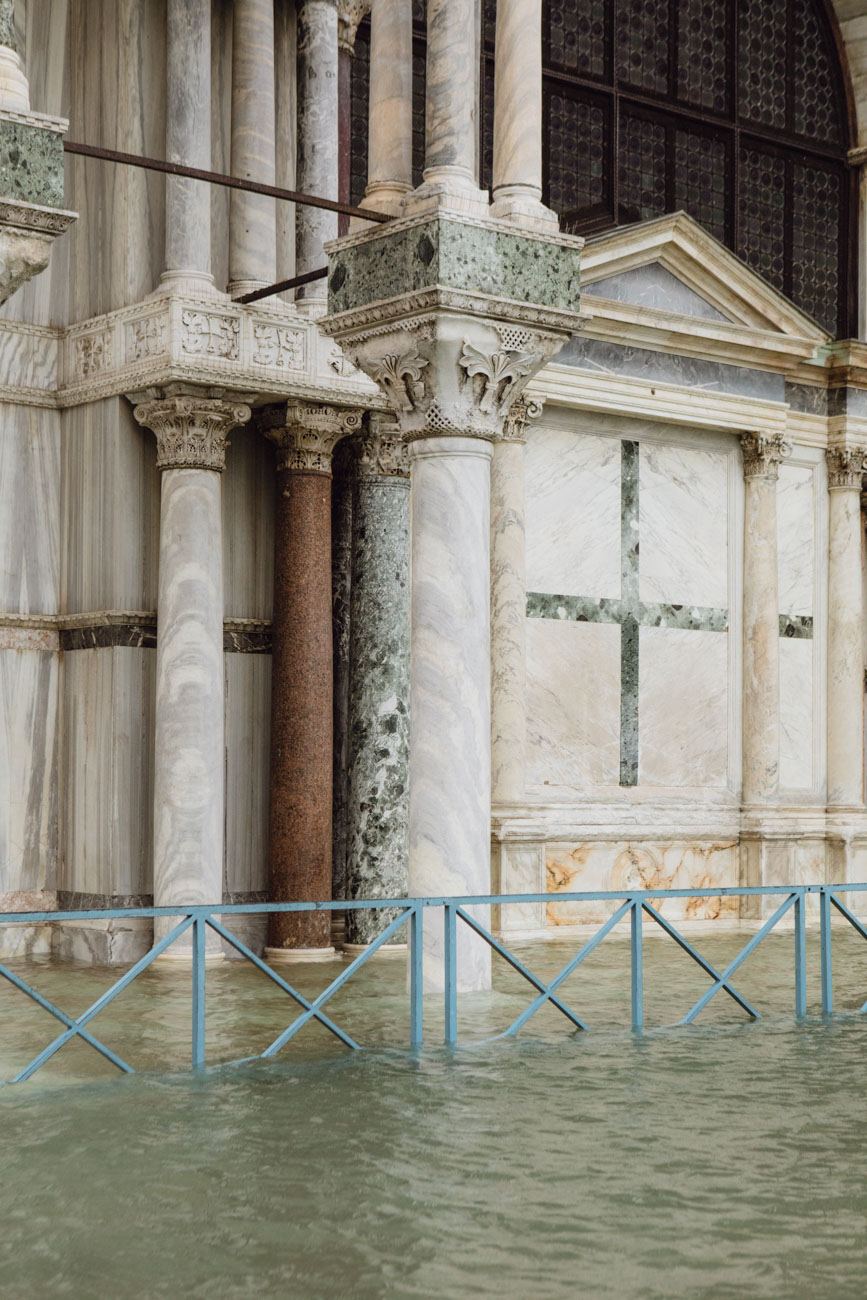
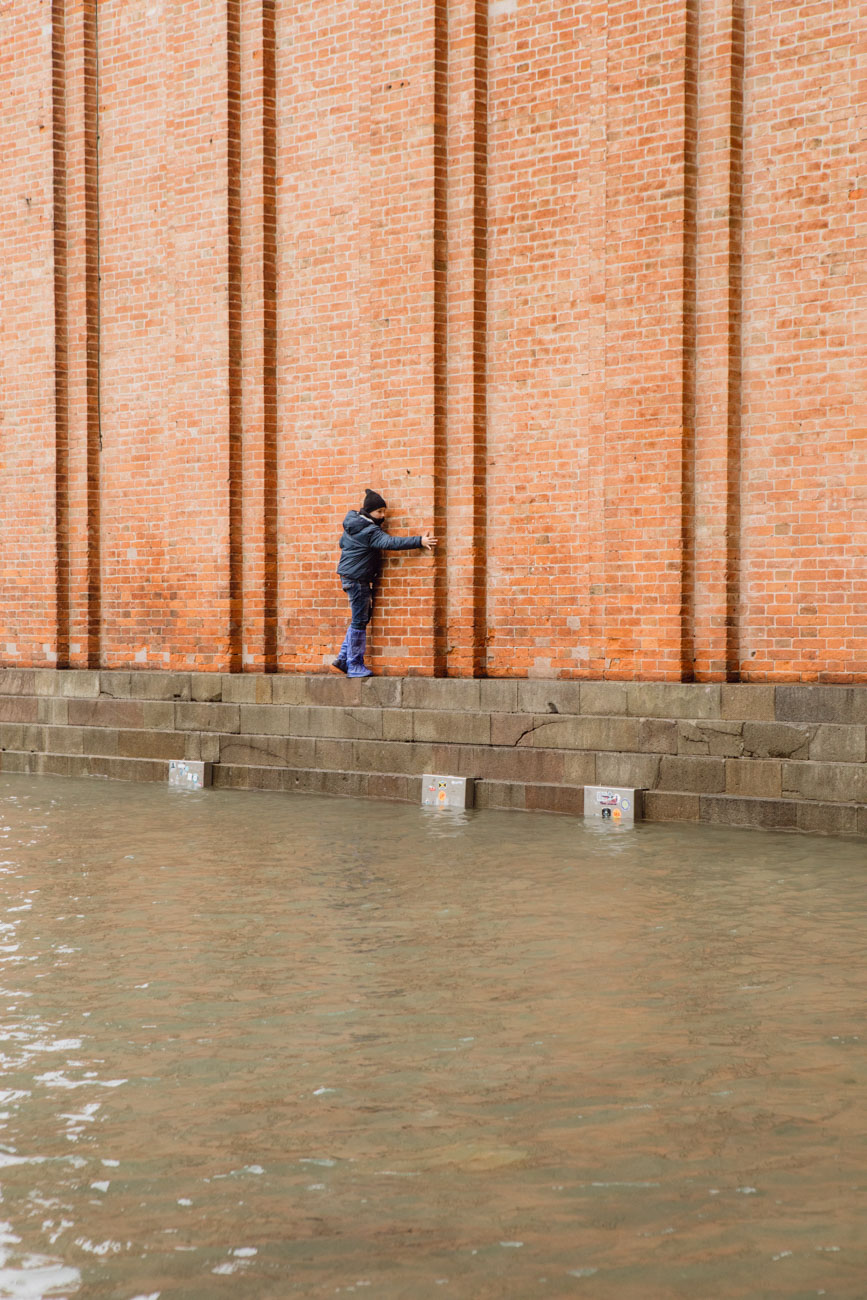
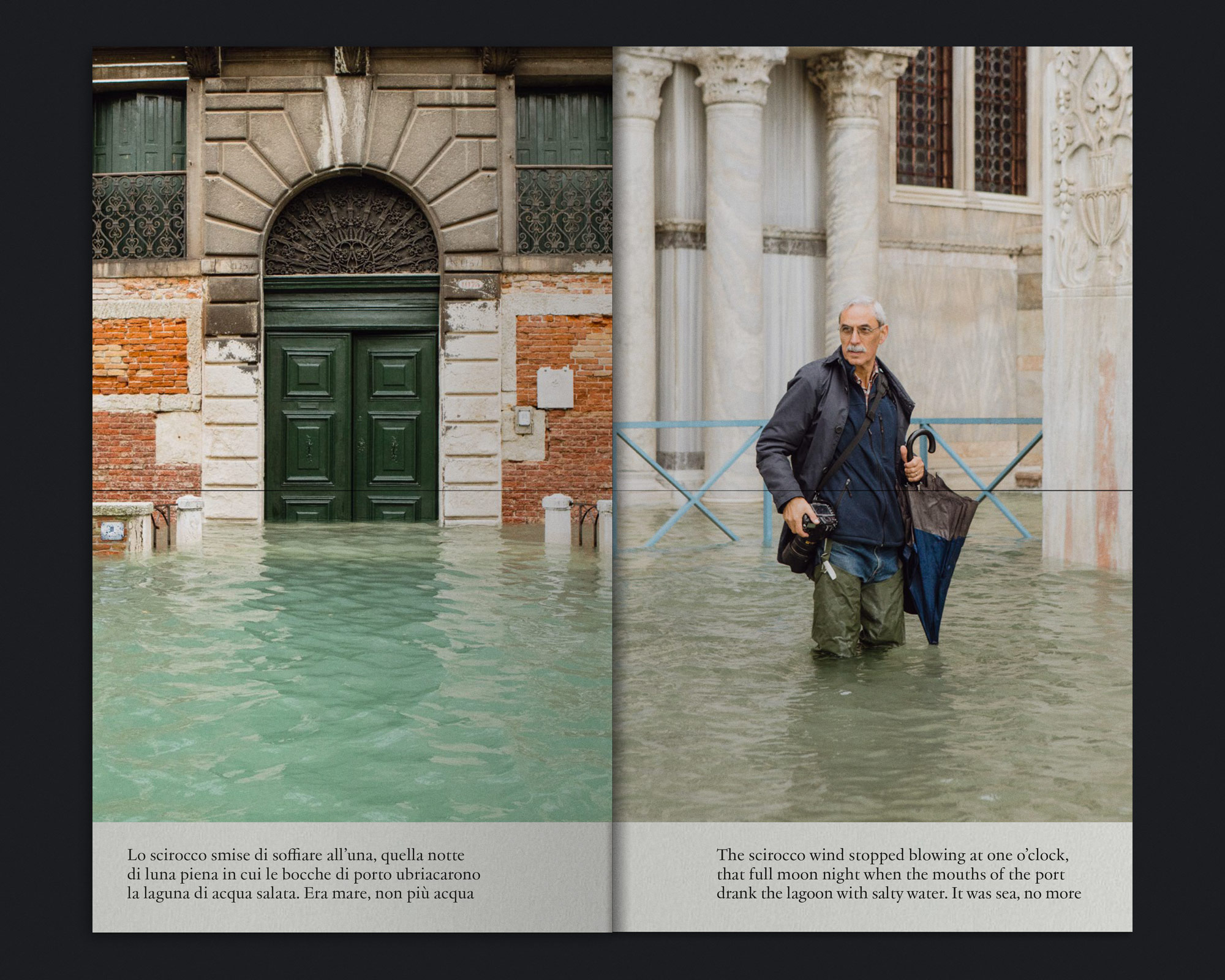

This article originally appeared on VICE IT.